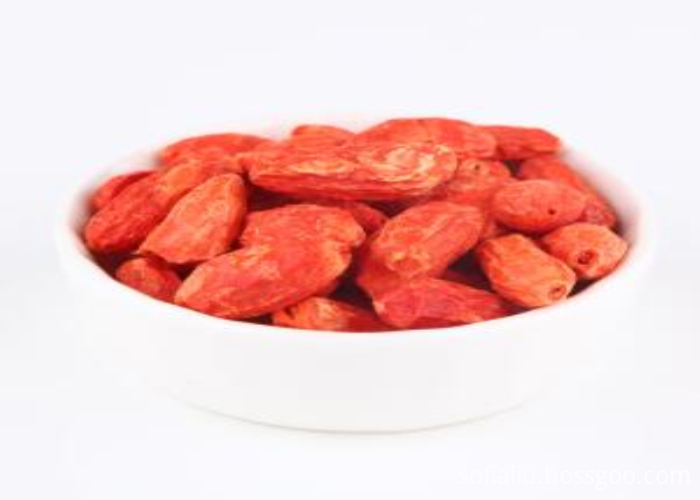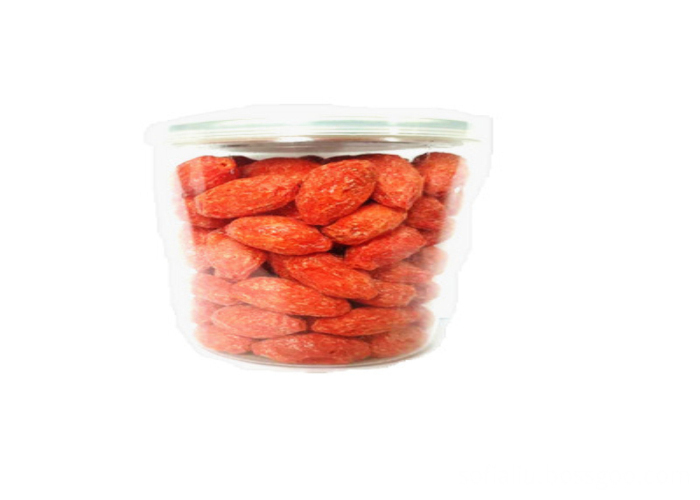Scientific feeding of cattle and sheep
Freeze Dried process is a method to freeze the dry liquid materials into solid and use the sublimation properties of ice under low temperature and pressure to dehydrate the materials and achieve the purpose of drying. Freeze-drying technology first appeared in the space field, and it is known to all that the space food has a high quality requirement, which is designed to meet the needs of the astronauts in space for the nutrition of fruits and vegetables. Because freeze-drying technology not only let the color, aroma, taste, nutrition of the food itself, but also make food more convenient to carry and transport. With the development of economy, freeze-drying technology has been applied to daily food processing, so the lyophilization process is also called aerospace food technology.
Freeze dried food is to use rapid freezing, vacuum dehydration method of ice, preserved the original color, aroma, taste, nutrition, and the appearance of the original material, the water content of only about 5%, because of the particularity of its craft, by freezing to break the cell wall, so crispy, nutrition, easy absorption
Goji Berry,Freeze Dried Wolfberry,Freeze Dried Goji Berry,Organic Freeze Dried Goji Berry Ningxia Wolfberry Goji Industry Co.,ltd , http://www.nx-wolfberry.com
2, regular feeding, coarse after the first fine, less to Tim Tim. Feeding at regular intervals can easily cause conditioned reflexes on livestock, increase the secretion of saliva and gastric juice, and help increase the feed intake and digestibility of cattle and sheep. When livestock is hungry, they can feed relatively poor forage feed. When hunger disappears, High-quality fodder forage has a certain appetite, first coarse and fine, and can increase the feed intake of animals; the animals are more prosperous at the beginning of feed intake, which reduces the waste of fodder, so cattle and sheep are less able to add energy. Reduce feed consumption.
3. Add minerals properly. In cattle and sheep, straw and grass are the main foods. In these forages, the deficiency of calcium and phosphorus and the deficiency of copper, iron, and cobalt affect the growth of bovine and sheep skeletons and blood components. The appropriate supplement of bone meal and copper, iron, cobalt and other trace elements, is conducive to the fattening of cattle and sheep, add 1 kg of bone meal, 5 grams of copper, 20 grams of iron, 0.05 grams of cobalt, and 200 grams of salt per 100 kilograms of forage grass feed.
4, provide enough water. The drinking water is sufficient for cattle and sheep. The appetite is more exuberant, and the digestive rate is increased. The fur of cattle and sheep is bright, full of energy, and normal growth and development. On the other hand, metabolic disorders occur and various morbidities appear.
5, heat, cold. When cattle and sheep exceed 28 degrees Celsius at room temperature, they breathe faster, their feed intake decreases, their maintenance needs increase, their growth slows, and their forage feed returns decrease. When the temperature of cattle and sheep houses falls below 0 degrees Celsius, the surface heat of cattle and sheep is accelerated, and the maintenance needs increase, which reduces the nutrients needed for growth, so the growth slows down and feed compensation decreases. The temperature of the cattle and sheep stables is maintained at 5-25 degrees Celsius, which is the most suitable for growth.
6, appropriately reduce the exercise. The cattle and sheep movement consumes energy. The more exercise, the more energy is consumed. The reduction of exercise is to reduce energy consumption. Accordingly, growth and nutrition are increased, and the daily gain of cattle and sheep is increased.
7, properly fed fine material. According to the measurement, it is appropriate to add a small amount of high-energy concentrate to the straw and hay in cattle and sheep. First, it can promote the growth and reproduction of microorganisms in the rumen and promote the digestion of crude fiber; secondly, it can increase the non-protein ammonia in cattle and sheep. (Urea) utilization, according to test 1 kg urea is equivalent to 2.6 kg of protein.
8, appropriate feeding digestive drugs. Straw, especially ammoniated straw, is an anorexia-prone food for cattle and sheep for a long time. It can be used to feed grains, malt, hawthorn, and medlar to help digestive medicines. It can prevent anorexia in cattle and sheep and increase feed intake. Digestibility, increase feed remuneration, and promote growth.
9, select the fattening cattle and sheep seeds. The skeleton used for fattening cattle and sheep is well-developed. Individuals are relatively large and young animals do not suffer from gastro-intestinal disease or have experienced acute and timely treatment. In particular, do not purchase cattle and sheep with chronic gastroenteritis for fattening.
10, timely slaughter. After the fats of cattle and sheep reach a certain level, they are slaughtered. First, they can fully utilize the growth process of the shelf beef and sheep; second, they can increase the utilization of forage grass feed; and third, they can improve the quality of beef and sheep meat products. , increase the enthusiasm of the public for consumption.

